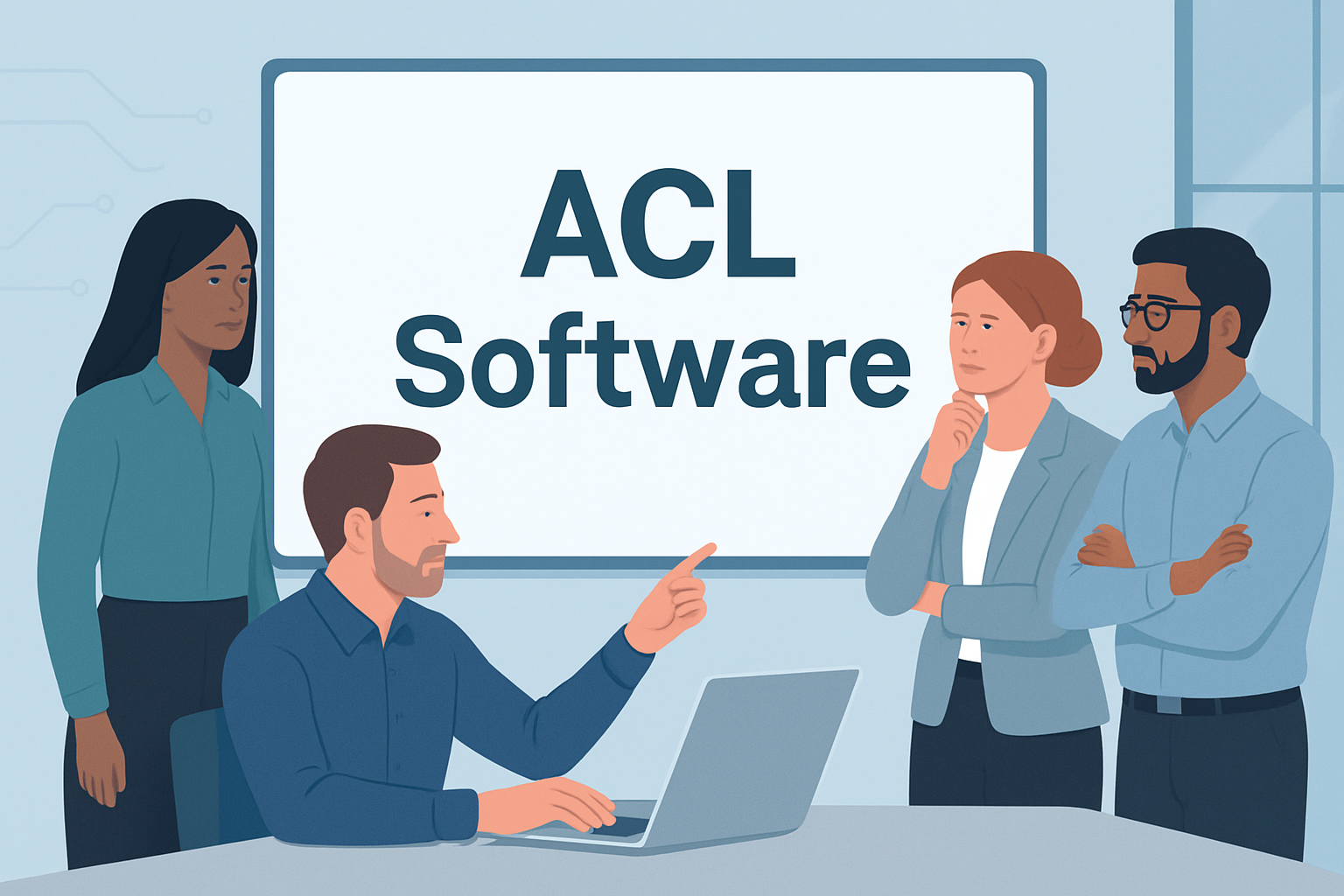In the fast-paced world of software development, where the pressure to release quickly is immense, the discipline of software testing basics often finds itself at a crossroads. Is it a gatekeeper, a nuisance, or a genuine partner in creating value? The answer lies not in the act of testing itself, but in how it is understood and applied. The foundation of effective software testing is built upon a set of core, time-tested principles. These are not mere suggestions; they are the fundamental truths that guide every successful testing effort, from a single developer checking their own code to a massive QA team validating an enterprise application.
Ignoring these principles leads to wasted effort, false confidence, and ultimately, software that fails in the hands of users. Embracing them transforms testing from a chaotic, after-the-fact activity into a structured, intelligent, and crucial part of software quality assurance. Whether you are a seasoned QA lead or a developer writing your first unit test, these 19 principles are the bedrock of professional software testing basics.
1. Testing Shows the Presence of Defects, Not Their Absence
This is arguably the most important and humbling principle in all of software testing. The goal of testing is to uncover defects (bugs) in the software. Executing a test suite that passes does not prove the software is defect-free; it only proves that no defects were found under the specific conditions of those tests. There could always be a hidden bug lurking in an untested path, an unanticipated user scenario, or a specific combination of data. This principle manages stakeholder expectations and reinforces the idea that testing reduces the probability of undiscovered defects but can never eliminate it entirely.
2. Exhaustive Testing is Impossible
Imagine an application with two simple input fields. Testing every possible combination of characters, numbers, and symbols for just those two fields would take millions of years. This principle states that except for the most trivial cases, it is impossible to test all combinations of inputs, preconditions, and execution paths. Instead of attempting the impossible, testers must use risk, requirements, and priorities to intelligently select a manageable yet effective subset of all possible tests. This is where skill, experience, and technique become critical.
3. Early Testing is Crucial
The cost of fixing a defect rises exponentially the later it is found in the software development life cycle (SDLC). A requirements flaw caught during the design phase might cost a few hours to fix. The same flaw found after release could cost millions in rework, patching, and reputational damage. Therefore, testing activities should start as early as possible. This means reviewing requirements documents, design specifications, and user stories before a single line of code is written. Early involvement of the software testing basics mindset, often called “Shift-Left,” is a cornerstone of modern Agile and DevOps practices.
4. Defect Clustering
A fascinating and often observed phenomenon, the defect clustering principle suggests that a small number of modules in any system contain the majority of the defects. This is often due to the complexity of the module, the developer’s familiarity with the technology, or frequent changes in requirements. By identifying these high-risk areas through metrics and experience, testers can focus their efforts where they are most likely to find problems, optimizing the return on investment for their time.
5. The Pesticide Paradox
If you use the same pesticide repeatedly, the insects eventually become immune. Similarly, if you repeatedly execute the same set of tests, they will eventually stop finding new defects. The software becomes “immune” to those tests. To overcome the Pesticide Paradox, test cases and techniques must be regularly reviewed and revised. New tests need to be added, and old, redundant ones need to be retired to keep the test suite effective and relevant as the software evolves.
6. Testing is Context-Dependent
There is no one-size-fits-all approach to software testing basics. The testing you perform on a medical device operating system is radically different from the testing for a casual mobile game. The context of the project determines the methods, techniques, and priorities. Factors include the industry (e.g., banking vs. social media), regulatory requirements, technology platform, and the perceived risk of failure. A tester must adapt their strategy to the specific context of the application under test.
7. The Fallacy of “No Errors”
A common and dangerous misconception is that if the software is easy to use and has very few bugs found during testing, it must be ready for release. This is a fallacy. The software could be functionally correct but utterly useless if it doesn’t meet user needs and expectations. A product that does not solve the user’s problem is a failure, regardless of its technical correctness. Testing must, therefore, encompass validation (“are we building the right product?”) as well as verification (“are we building the product right?”).
8. The Absence-of-Errors Fallacy
Related to the previous principle, this fallacy occurs when a development team believes that finding and fixing a large number of defects inherently leads to a high-quality, usable product. They might be focusing on minor cosmetic issues while completely missing major gaps in the workflow or user experience. A high defect count and resolution rate does not automatically translate to user satisfaction. Quality is more than just the absence of bugs.
9. Tests Must Be Repeatable and Reusable
Any test that is executed should be repeatable. This means that if the same test is run again under the same conditions, it should produce the same result. This is fundamental for verifying bug fixes and for regression testing. Furthermore, tests should be designed for reusability, especially in an automated testing context. A well-designed test script for an API endpoint, for instance, can be reused throughout the SDLC, from continuous integration builds to production smoke tests.
10. The Principle of “Good Enough”
Given that exhaustive testing is impossible, testers and project managers must decide when to stop testing. This decision is based on the “good enough” principle. Testing can stop when the key risks have been mitigated, the critical functionalities are stable, and the remaining defect density is at an acceptable level for release, as defined by the project’s quality objectives. This is a business decision, informed by testing metrics.
11. The Oracle Problem
A “test oracle” is a mechanism or principle by which a tester can determine whether a system under test has passed or failed a test. The oracle problem is the challenge of knowing what the correct expected result should be. For some tests, it’s straightforward (e.g., 2+2 should equal 4). For others, especially those involving complex algorithms or non-functional requirements like “user-friendly,” determining the expected result can be difficult and subjective. Testers must use requirements, specifications, comparable systems, and heuristics to address this problem.
12. The Principle of Non-Attachment
Testers must cultivate a mindset of professional detachment. Their goal is to find information about the quality of the software, not to “prove” that it works or to please the developers. A good tester is a critical thinker, a skeptic who questions assumptions and is not attached to the “success” or “failure” of any particular test. Their loyalty is to the quality of the final product and the end-user.
13. The Importance of Independence
While developers are excellent at testing their own code (unit testing), there is immense value in having testing performed by someone independent. The level of independence can vary:
-
Low: Tests designed by the person who wrote the code.
-
Medium: Tests designed by another developer or a dedicated tester within the same team.
-
High: Tests designed by a separate, independent testing team or by external testers.
Greater independence often leads to the discovery of different, and often more critical, types of defects because it counteracts the author’s unconscious biases and assumptions.
14. All Tests Are Sampling
Since exhaustive testing is impossible, every test suite is essentially a sample of all possible tests. This principle reminds us that we are making inferences about the overall quality of the software based on a limited sample. A good test strategy, therefore, is one that uses intelligent sampling techniques—like equivalence partitioning and boundary value analysis—to ensure the sample is as representative and high-yield as possible.
15. The Inevitability of Change
Software is not a static artifact; it changes. New features are added, bugs are fixed, and configurations are updated. This principle states that any change in the software, no matter how small, has the potential to introduce new defects or destabilize existing functionality. This is the fundamental driver for regression testing—the practice of re-running tests on changed software to ensure that what worked yesterday still works today.
16. The Principle of “Fast-Feedback”
In modern development cycles, speed is essential. The longer a tester waits to provide feedback, the more expensive it is to fix any discovered issues. This principle emphasizes the need for fast test execution and rapid reporting of results. This is a primary driver for test automation, particularly at the unit and API levels, allowing teams to get feedback on a code change within minutes.
17. The Dual Purpose of Testing
Testing serves two primary purposes:
-
To Find Defects: The classic view of testing as a detective activity, searching for failures.
-
To Build Confidence: When tests pass, especially those covering critical user journeys, they build confidence that the software is stable enough to release or to move to the next phase of development.
A balanced testing strategy acknowledges and serves both purposes.
18. The Human Element
Despite advances in automation, software testing basics is fundamentally a human, intellectual process. It requires critical thinking, creativity, intuition, and domain knowledge. A tester designs scenarios based on an understanding of user behavior, potential misuse, and business risk. Automation is a powerful tool to execute checks, but the design, planning, and exploration of the software require a skilled human mind.
19. Continuous Learning and Adaptation
The final principle is meta: the field of software testing basics is constantly evolving. New technologies, methodologies, and platforms emerge all the time. A successful tester must be a lifelong learner, continuously adapting their skills, learning new tools, and questioning their own approaches. What worked on a project last year may not be sufficient for the next one.
Conclusion: Principles Over Prescription
These 19 principles are not a checklist to be completed, but a mental framework to be internalized. They provide the “why” behind the “what” and “how” of testing. In a world obsessed with tools and automation, it is these foundational truths that separate a proficient technician from a master craftsperson of software testing basics. By understanding and applying these principles, you move beyond simply executing test cases to truly engineering quality into the software development process. You make informed decisions, manage stakeholder expectations, and ultimately, deliver software that is not just functionally correct, but robust, reliable, and valuable. Ignoring them is a risk you simply cannot afford to take.

















